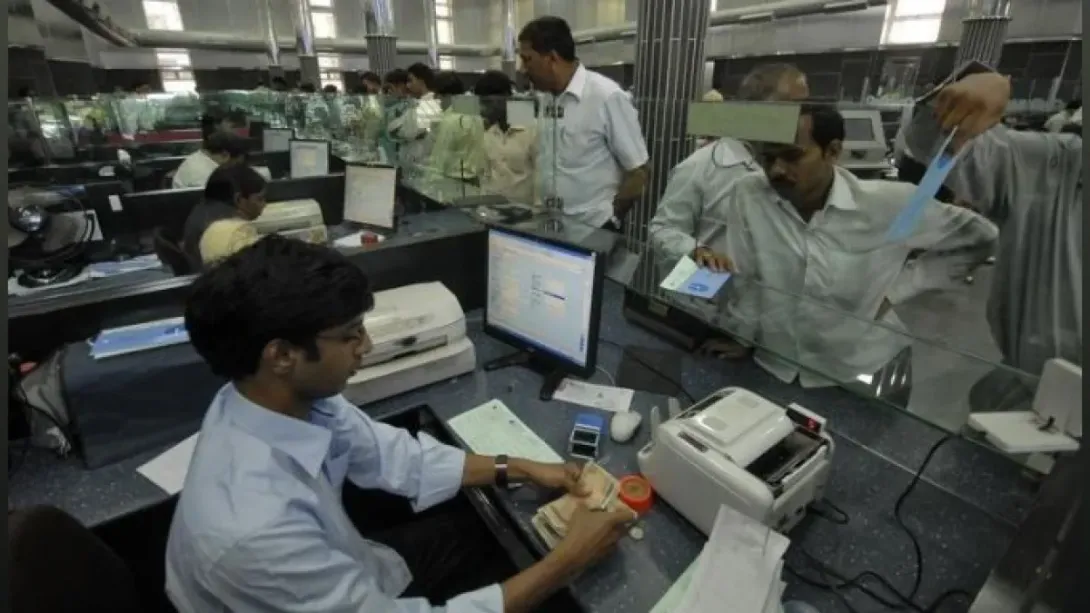India’s small finance banks (SFBs) are on course to surpass Rs 2 lakh crore in total advances during the current fiscal year, marking a key milestone in the evolution of the country’s inclusive banking ecosystem. Strong credit demand from micro, small, and medium enterprises (MSMEs), coupled with expanding retail lending portfolios and rural penetration, has positioned SFBs as vital players in India’s credit landscape. As regulatory frameworks mature and profitability strengthens, these banks are increasingly bridging the gap between grassroots financial inclusion and mainstream banking growth.
---
Sustained Growth Momentum in Lending
Small finance banks, which primarily cater to underserved and unbanked segments, have displayed remarkable resilience amid fluctuating macroeconomic conditions. Their lending portfolios have grown steadily, driven by strong rural and semi-urban demand. As of mid-fiscal, combined advances from the SFB segment are projected to exceed Rs 2 lakh crore, up from roughly Rs 1.7 lakh crore in the previous fiscal year.
This surge can be attributed to robust credit expansion in the MSME and retail sectors, particularly in microloans, vehicle finance, and affordable housing. Industry analysts note that loan books of several leading SFBs—such as AU Small Finance Bank, Equitas Small Finance Bank, and Ujjivan Small Finance Bank—are witnessing double-digit year-on-year growth, supported by improved asset quality and rising deposit mobilization.
---
Focus on Financial Inclusion and Rural Outreach
One of the defining strengths of small finance banks lies in their deep rural penetration. With over 60% of their branches located in semi-urban and rural areas, SFBs have played a crucial role in advancing the Reserve Bank of India’s (RBI) financial inclusion agenda. They continue to extend credit to micro-entrepreneurs, farmers, and low-income households, promoting economic activity at the grassroots level.
Enhanced digital infrastructure has further strengthened this outreach. By integrating technology-driven credit assessment tools and mobile-based services, SFBs are not only improving customer convenience but also mitigating risks through better data analytics and credit monitoring systems.
---
Asset Quality and Profitability on the Rise
The sector’s asset quality has seen noticeable improvement post-pandemic. The gross non-performing asset (GNPA) ratio for most SFBs has declined steadily, supported by prudent underwriting standards and recovery mechanisms. Many banks have achieved GNPAs below 3%, a significant achievement considering their high-risk borrower base.
Profitability metrics have also strengthened. Net interest margins (NIMs) remain robust—typically between 7% and 9%—helping offset higher operational costs associated with smaller ticket-size loans. This combination of healthy margins and reduced credit costs is driving improved return ratios across the sector.
---
Deposits and Capital Adequacy Strengthen Growth Outlook
Deposit mobilization has kept pace with lending expansion, underscoring growing customer confidence in the SFB model. Total deposits across the segment are projected to cross Rs 2.3 lakh crore by the end of FY25, supported by competitive interest rates and expanding urban reach.
Additionally, most SFBs maintain comfortable capital adequacy ratios, often exceeding regulatory requirements, ensuring sufficient buffers for future credit growth. The ongoing trend of digital customer onboarding and diversified funding channels, including institutional term deposits and refinancing from development finance institutions, further enhances liquidity stability.
---
Transition Toward Universal Banking
Several SFBs are now setting their sights on transitioning to full-fledged universal banks. With AU Small Finance Bank leading the way through strong performance metrics and scale, others like Equitas and Ujjivan are expected to follow suit in the coming years. This progression reflects growing institutional maturity, strengthened balance sheets, and enhanced governance frameworks.
However, experts caution that managing regulatory transitions, maintaining asset quality, and sustaining inclusion-oriented lending will remain critical challenges during this phase of evolution.
---
Outlook: Consolidation and Digital Evolution Ahead
The next phase for India’s small finance banks will likely involve strategic consolidation, digital transformation, and product diversification. By leveraging fintech partnerships and adopting advanced analytics, these institutions can further streamline credit delivery and customer engagement.
With rural consumption and micro-enterprise activity on an upward trajectory, SFBs are well-positioned to sustain double-digit credit growth over the medium term. Surpassing the Rs 2 lakh crore mark in advances this fiscal not only symbolizes operational resilience but also highlights their growing systemic relevance within India’s financial ecosystem.

Comments